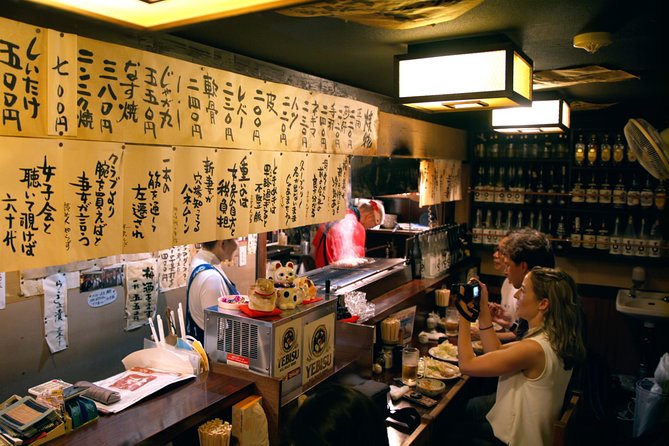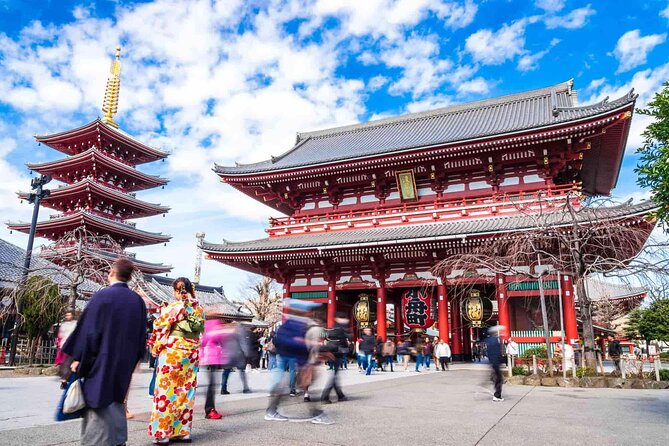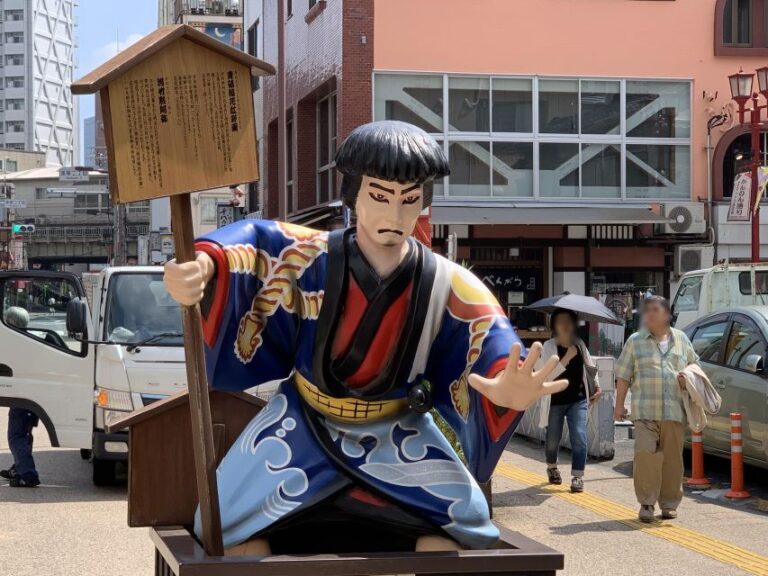Enjoy Creating Sashiko Needlework (Japanese Embroidery)
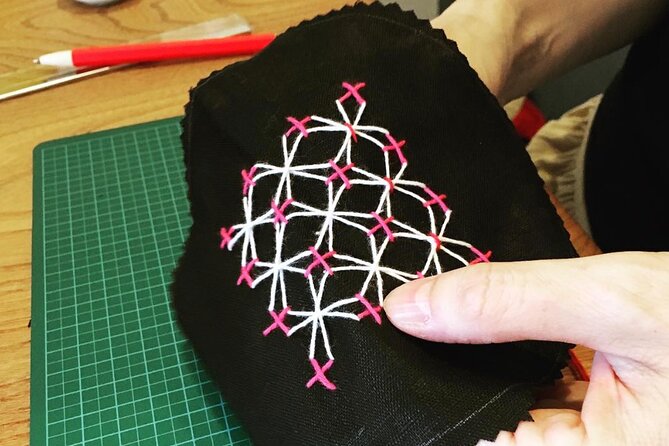
Set out on a cultural journey to Tokyo, Japan, and learn about the traditional art of Sashiko needlework, a tapestry of history waiting to be stitched.
Discover the allure of this intricate Japanese embroidery as it weaves a tale through each careful stitch.
Explore the delicate balance of tradition and innovation in Sashiko, a craft that beckons both novices and seasoned artisans alike.
Stay tuned to uncover the secrets behind mastering this ancient art form and uncover how you can infuse your creations with a touch of Japanese heritage.
More nearby cooking classses we've reviewed
Key Points
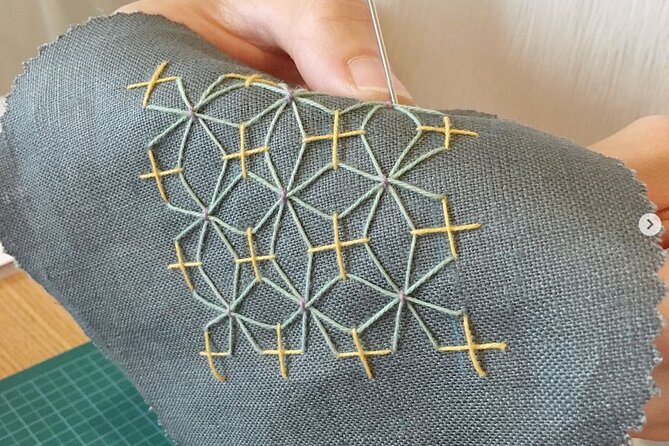
- Start with simple geometric shapes and stitch variations for a beginner-friendly experience.
- Embrace the cultural significance of Sashiko with traditional motifs and color schemes.
- Use specialized tools like Sashiko needles and threads to enhance authenticity and quality.
- Explore learning resources like online classes and workshops for guidance and skill development.
It's also worth checking out some other tours and experiences nearby.
Sashiko Needlework: What Is It?

Sashiko needlework is a traditional Japanese embroidery technique that involves simple running stitches to create intricate and decorative patterns on fabric. This style of stitching has seen a modern twist, blending its rich cultural significance with contemporary appeal.
Originally used for mending and reinforcing fabric, Sashiko stitching has evolved into a form of artistic expression. The repetitive yet precise stitches not only enhance the fabric’s durability but also contribute to its aesthetic appeal.
With its roots deeply embedded in Japanese history, Sashiko embroidery continues to captivate modern crafters worldwide. The combination of traditional techniques with modern designs has led to a resurgence in interest, showcasing the timelessness and adaptability of this art form.
History of Sashiko Embroidery
During the Edo period in Japan, artisans utilized a distinctive stitching method that later evolved into the intricate art form known as Sashiko embroidery. Sashiko holds significant cultural value as it was originally used for reinforcing and patching garments, symbolizing the Japanese aesthetic of "wabi-sabi" – finding beauty in imperfection. The stitching techniques involved in Sashiko are characterized by geometric patterns like waves, mountains, and bamboo leaves, reflecting nature’s harmony. Regional variations of Sashiko emerged across Japan, each with unique designs and color schemes. In modern times, Sashiko has transcended its utilitarian origins and is now widely embraced for its artistic appeal in fashion, home decor, and crafts, showcasing a blend of tradition and contemporary creativity.
| Aspects | Description |
|---|---|
| Cultural significance | Symbolizes "wabi-sabi" aesthetic; originally for garment reinforcement and patching |
| Stitching techniques | Geometric patterns like waves, mountains, and bamboo leaves; reflects harmony with nature |
| Regional variations | Diverse designs and color palettes emerged across different regions in Japan |
Sashiko Needlework Tools and Materials
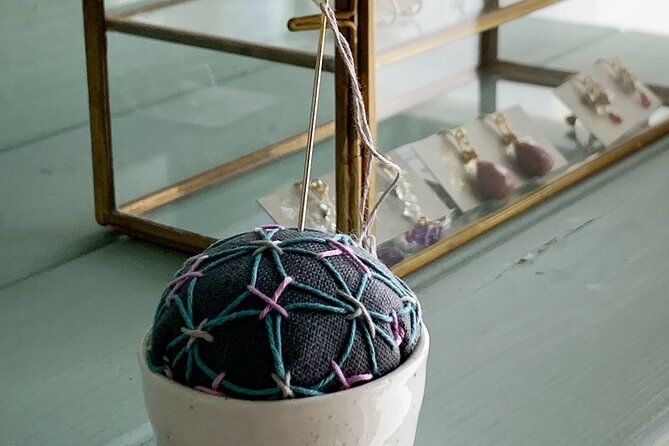
The tools and materials used in creating Sashiko needlework play a fundamental role in achieving the intricate geometric patterns and designs that characterize this traditional Japanese embroidery technique. When engaging in Sashiko needlework, individuals must ensure they have the following needlework essentials:
-
Sashiko Needles: These long and sturdy needles are specifically designed for Sashiko stitching, allowing for smooth and precise stitching.
-
Thimble: A thimble protects the finger pushing the needle through the fabric, crucial for maintaining speed and accuracy in the stitching process.
-
Sashiko Thread: This specialized thread, thicker than regular embroidery floss, is traditionally made from natural fibers and is essential for creating durable and authentic Sashiko designs using traditional techniques.
Techniques for Creating Sashiko Patterns
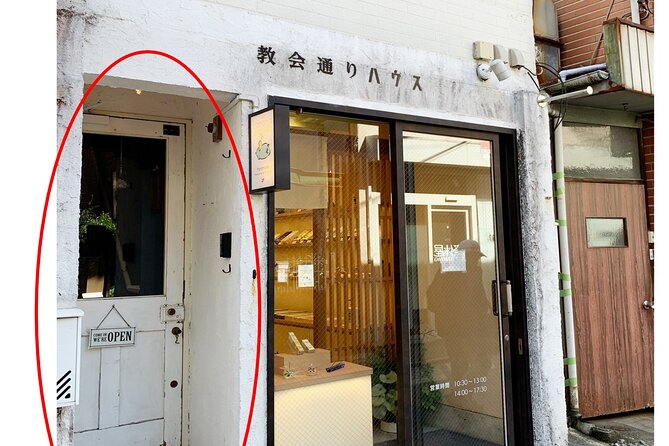
When exploring techniques for creating Sashiko patterns, beginners often find it helpful to start with simple geometric shapes such as squares or diamonds.
To add depth and interest to their designs, you can experiment with stitch variations like running stitch, chain stitch, or interlocking patterns.
Color choices play a significant role in Sashiko, traditionally using indigo thread on a white background for a classic look.
Maintaining consistent thread tension is crucial to ensure an even appearance across the fabric, while adjusting stitch length can create different visual effects.
Sashiko Needlework: Tips and Tricks

For effective Sashiko needlework, beginners should focus on mastering basic stitching techniques before progressing to more complex patterns. When delving into this art form, considering the following tips and tricks can enhance the experience:
-
Stitching Techniques: Practice running stitch and backstitch to create clean and precise lines in your designs.
-
Design Inspiration: Draw inspiration from traditional Japanese motifs or nature to add authenticity and beauty to your embroidery projects.
-
Color Choices: Experiment with indigo blue and white threads, traditional Sashiko colors, or explore modern color palettes to give your projects a contemporary twist.
Where to Learn Sashiko Needlework
Interested in learning Sashiko needlework?
There are various options available to enhance your skills. You can explore online classes that offer in-depth tutorials and guidance on Sashiko embroidery techniques from the comfort of your home.
Plus, consider attending local workshops where you can receive hands-on instruction and interact with experienced practitioners. These workshops often provide a supportive environment for beginners to learn and practice this traditional Japanese art form.
Whether you prefer the flexibility of online learning or the immersive experience of in-person workshops, both options can help you develop your Sashiko needlework abilities and deepen your appreciation for this beautiful craft.
Sashiko Embroidery: Final Thoughts
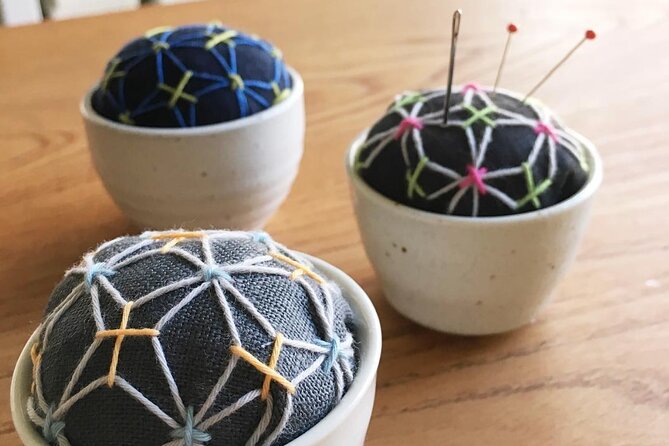
To wrap up your exploration of Sashiko needlework, consider reflecting on the intricate stitches and cultural significance of this timeless Japanese embroidery art form. Sashiko allows for deep artistic expression through its repetitive yet meaningful patterns, offering a meditative experience for crafters.
As you explore your final thoughts on Sashiko, think about how this traditional technique has evolved over time while still maintaining its essence. Embrace the beauty in imperfection that Sashiko embodies, showcasing the value of handcrafted artistry in a fast-paced world.
- Cultural Significance: Explore the roots of Sashiko and its importance in Japanese heritage.
- Artistic Evolution: Reflect on how contemporary interpretations have shaped Sashiko’s role in modern embroidery.
- Meditative Practice: Consider how Sashiko fosters mindfulness and creativity through its rhythmic stitching.
Frequently Asked Questions
How Long Does It Typically Take to Complete a Sashiko Needlework Project?
In Sashiko needlework, the time taken to complete a project depends on one’s time management and the size of the project. Smaller projects may take a few hours, while larger intricate designs could require several days.
Can Sashiko Needlework Be Done on Different Types of Fabric?
Sashiko needlework can be done on various fabrics using different techniques. It is most suitable for natural fibers like cotton and linen. Experimenting with different materials and thread thicknesses can create unique textures and designs.
Are There Any Traditional or Symbolic Meanings Behind Certain Sashiko Patterns?
Certain Sashiko patterns hold traditional motifs and symbolic meanings. These designs have cultural significance deeply rooted in Japan’s history. The stitching techniques, fabric choices, and motifs intertwine to create a rich tapestry of storytelling in Sashiko needlework.
Is Sashiko Embroidery Primarily Done by Hand, or Are There Machines That Can Replicate the Stitching?
Sashiko embroidery is primarily done by hand. While there are machines that can replicate the stitching, traditionalists prefer the authenticity of hand-stitched pieces. Sashiko kits often include all the materials needed for this intricate needlework craft.
Are There Any Specific Cultural Customs or Etiquette to Keep in Mind When Practicing Sashiko Needlework?
When practicing sashiko needlework, it’s essential to respect cultural customs and etiquette. Pay attention to traditional patterns, maintain proper posture, and honor the craft’s history. Embrace patience, precision, and appreciation for Japanese embroidery traditions.
Recap
To sum it up, exploring the art of Sashiko needlework in Tokyo offers a unique and enriching cultural experience. Participants can learn the history, techniques, and significance of Japanese embroidery while creating their own masterpiece.
With expert guidance and a focus on authenticity, this workshop provides a memorable opportunity to take in the traditional craftsmanship of Sashiko. Discover the beauty of this ancient art form and unleash your creativity in the heart of Japan’s bustling capital.


